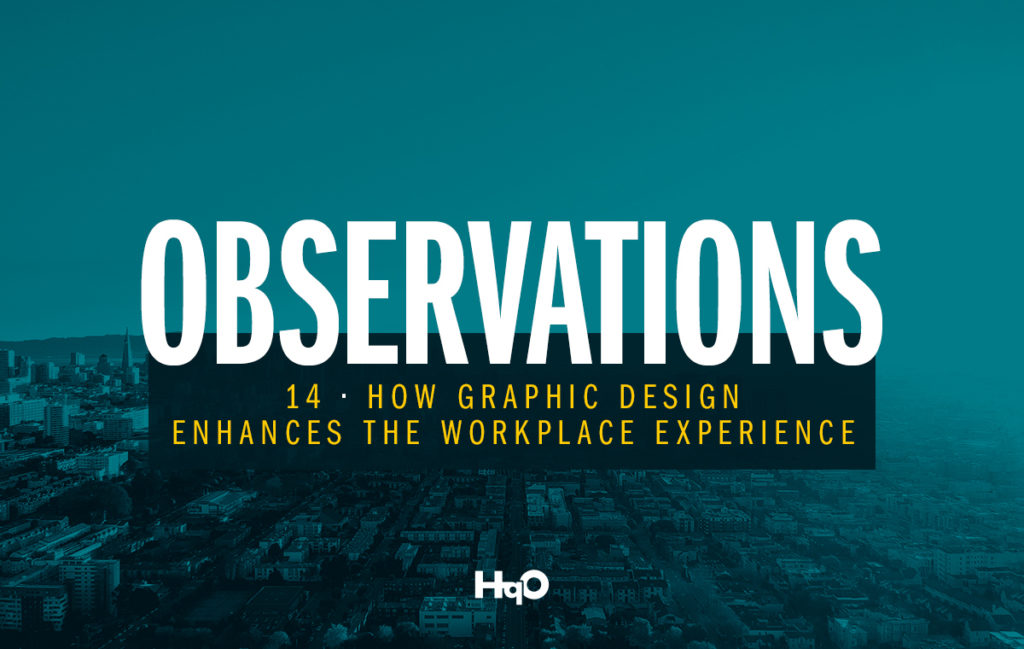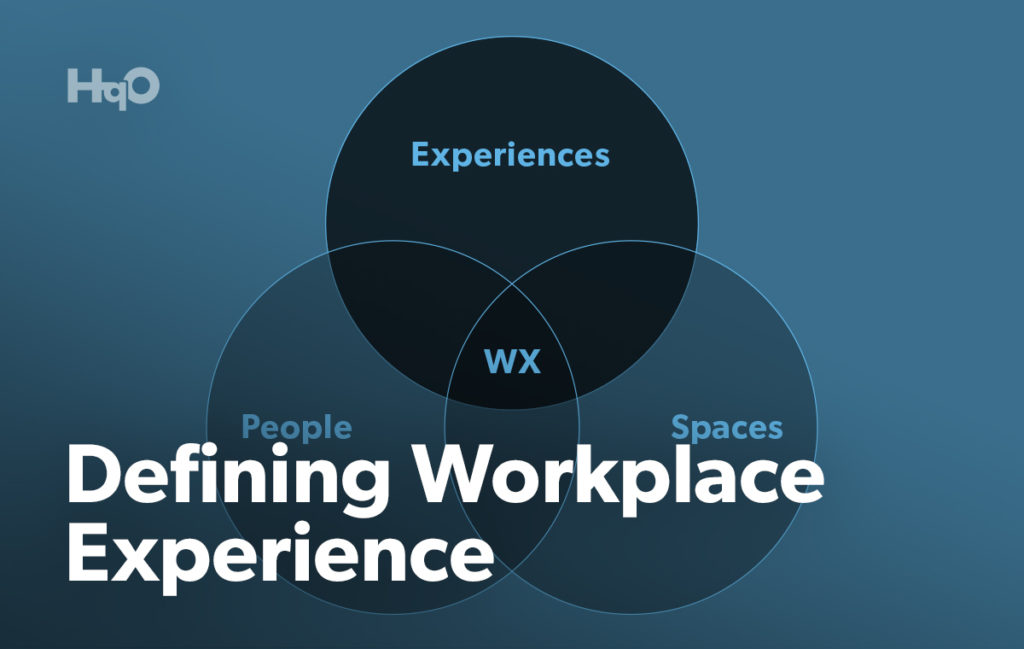Smart buildings are modern marvels that use automation to everyone’s advantage. Smart building technology may control everything from lighting, to advanced HVAC systems, to security. Overall, the goal for implementing smart building features is to make the space easier to manage and more convenient, comfortable, and secure for all tenants.
Due to increased knowledge of the smart building definition and its benefits, these structures are changing cityscapes by leaps and bounds. Intelligent buildings are popping up across all industries, and older buildings are even being retrofitted to match.
For the office sector, the various types of smart buildings have two things in common: convenience in the workplace experience, and the potential for things to go awry when not done correctly. Although smart systems can improve operations in amazing ways, there’s always a chance for workplace mishaps to occur. Let’s dive into what this means for landlord and property teams, and how they can avoid fundamental mistakes in implementation.
Learning from the Smart Building Technology Market
Before looking at what can potentially go wrong with your building, it’s important to review just why the smart building industry is so important. Smart building trends from 2020, have proven that you can streamline your operations, save money on energy bills, and keep all occupants safe, comfortable, and thinking about the future — and we’re still in the beginning stages of this movement.
In fact, the smart building technology market is set to experience 34% year over year growth through the next decade. As new innovations peek over the horizon, the benefits of having a smart building will indubitably grow as well.
Even today, switching to smart technology can reduce energy consumption by up to 35%, decreasing the overall carbon footprint of the space while saving money on utility bills. On the other side of the equation, smart building technology trends have the power to increase employee productivity and happiness in the workplace, which goes a long way in improving tenant acquisition and retention.
So, it’s no surprise then that the smart building market forecast is poised to launch into the stratosphere. As more and more people embrace smart technology, this growth will only continue to accelerate. Are you prepared to get ahead of the curve, and do you know how to avoid taking the wrong turn as you hop on board?
When Smart Building Technologies Go Wrong
Although even the most rudimentary smart building examples are industry standard, that doesn’t mean things always go as planned. Sometimes, smart building technology companies miss the mark altogether, resulting in a build that doesn’t have the intended impact. This happens most often to smart building companies that adopt a top-down approach, which forces software engineers to shoehorn systems together haphazardly.
Here are three common mistakes that companies make when adding smart building technology to their portfolios:
Taking a Top-Down Approach
Working from a top-down approach in establishing smart building technologies often results in:
- Missed opportunities in resolving real-world problems with smart technology
- The need for increased capital to cover pricey building management systems
- Inability to swiftly and affordably upgrade system architecture alongside innovation
Since technology changes so quickly, using a top-down approach often results in innovation outpacing the building process, resulting in costly direction changes and even more missed opportunities. The best smart building technology examples, such as the Capital Tower located in Singapore, use a bottom-up approach that starts with the needs of the operators. This smart building example began with a map of all the parts in each system, which then allowed engineers to deploy additional sensors and other technologies to efficiently meet demands.
Implementing Disparate Technology Solutions
Another technology mishap that can occur is not unifying your various smart building technologies under a single platform. There are thousands of different technologies available in the market, each of which work well on their own. However, one of the core values of a smart building is true automation, which means that the building occupant journey should be seamless as they move throughout the building. If a building occupant has to manually (and noticeably) switch between using different technologies to go about their day, it can create frustrations in the workplace experience. Additionally, having unconnected systems in your building can be difficult for property teams to manage and maintain. That is why leveraging an end-to-end operating system that can aggregate all solutions into a single command center is so important: everything from technology deployment to advanced analytics offerings is all located in a single, easy-to-use place.
Going Data-Free
In a similar vein, you need to be able to prove the return on investment (ROI) of your smart building technologies through data collection. If you aren’t asking yourself critical questions upfront — such as “Will my investment here save me money or help bring return via attraction to justify the cost?” — you will miss out on identifying opportunities to concretely validate your investments. Property teams who don’t adopt a data-driven approach and start collecting meaningful insights from their various technology activations in their buildings will lose out on being able to understand how tenants are really using their buildings. They will also miss out on real-time feedback, which can help adjust overall building and investment strategies to establish better building experiences, and thus generate a higher level of customer satisfaction.
Commercial real estate owners can learn from all of these lessons: fully understanding the technology stack that’s already in your building, making sure those systems work together in concert, and then leveraging those technologies to collect important data and prove ROI are all critical requirements to tackle modern industry challenges.
Choosing the Right Smart Building Companies
Since your approach matters so much, your outcome largely depends on which smart building technology companies you partner with for your build. Overall, you will want to work with pre-vetted and trusted partners who have an excellent track record with other available smart building systems. Thankfully, these partners are easy to find within the HqOS Marketplace, one of the three main layers of the overall HqOS™ end-to-end operating system for tenant experience.
As you navigate through this marketplace, you can find smart building technology companies that can easily resolve your tenants’ main challenges, such as:
- Access control upgrades
- Service request systems
- Space booking enhancements
- Digital programming initiatives
- Mobile delivery and order-ahead options
- Automated HVAC and lighting systems
- And much, much more
The sky’s the limit in adding smart technology to your building and meeting all the needs of your tenants.
The other benefit of the HqO platform is its ability to empower a more proactive approach. Through its partners, direct tenant surveys, and other data points across your building, you can collect important insights on and from your tenants. Using this real-time feedback will help you create a smart building that exceeds everyone’s expectations and adapts to new innovations and needs.
Bringing Your Smart Building Ideas to Life
As you work hard to adopt smart building ideas that keep up with modern trends, remember that each new technological addition should aim to improve the workplace experience. The more you leverage tenant experience technology such as HqOS to help aggregate and deploy new solutions at scale, the more you’ll be able to own and operate one of the best smart buildings of the future. Your smart building project never ends, so steer clear of common smart building mistakes and keep your focus on establishing an excellent tenant experience.
To learn more about the HqOS Marketplace and overall platform, schedule your free demo today.



